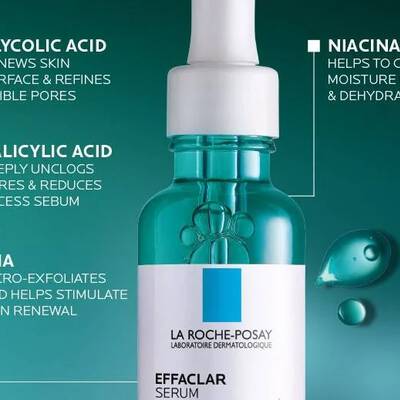Description
Salicylic Acid: Your Skin’s Secret Weapon for Clearer, Healthier Skin
Salicylic acid. The name might sound a little intimidating, but this beta hydroxy acid (BHA) is a powerhouse ingredient in the world of skincare. From battling stubborn acne to smoothing rough skin, salicylic acid offers a range of benefits that can transform your complexion. But what exactly is it, and how can you incorporate it into your routine? Let’s dive in.
What is Salicylic Acid?
Salicylic acid is a naturally occurring compound found in willow bark, fruits, and vegetables. As a beta hydroxy acid (BHA), it’s oil-soluble, meaning it can penetrate the pores of your skin, even when they’re clogged with oil and debris. This key difference from alpha hydroxy acids (AHAs), like glycolic acid, is what makes it so effective for treating acne.
The Benefits of Salicylic Acid:
This versatile ingredient boasts a variety of skin benefits:
- Acne Treatment and Prevention: Salicylic acid is a champion when it comes to fighting acne. It exfoliates both the surface of the skin and within the pores, dislodging dead skin cells and excess sebum (oil) that can lead to breakouts. By unclogging pores and reducing inflammation, it helps clear existing blemishes and prevent future ones from forming.
- Exfoliation: Salicylic acid acts as a gentle chemical exfoliant, sloughing away dead skin cells to reveal a smoother, brighter complexion. This can help reduce the appearance of fine lines, wrinkles, and hyperpigmentation.
- Reduces Inflammation: Salicylic acid possesses anti-inflammatory properties, making it effective in calming irritated skin and reducing redness associated with acne and other skin conditions.
- Unclogs Pores: Its oil-soluble nature allows it to penetrate deep into pores, dissolving debris and blackheads. This makes it a go-to ingredient for those with oily or acne-prone skin.
- Treats Skin Conditions: Beyond acne, salicylic acid can be helpful in managing other skin conditions like psoriasis, calluses, and warts. It helps soften and loosen the thick, scaly skin associated with these conditions, making them easier to treat.
How to Incorporate Salicylic Acid into Your Skincare Routine:
Salicylic acid is available in various forms, including cleansers, toners, serums, spot treatments, and even masks. Here’s how to use it effectively:
- Start Low and Slow: Begin with a low concentration (around 0.5% to 2%) and use it only a few times a week. Gradually increase frequency as your skin tolerates it.
- Choose the Right Product: Consider your skin type and concerns when selecting a product. A cleanser might be a good option for general exfoliation, while a spot treatment is ideal for targeting individual breakouts.
- Apply After Cleansing: Apply salicylic acid products after cleansing and before heavier creams or oils.
- Sun Protection is Essential: Salicylic acid can make your skin more sensitive to the sun, so daily sunscreen with an SPF of 30 or higher is crucial.
- Listen to Your Skin: Pay attention to how your skin reacts. If you experience excessive dryness, redness, or irritation, reduce the frequency of use or discontinue use altogether.
Potential Side Effects and Precautions:
While generally safe, salicylic acid can cause some side effects:
- Dryness and Irritation: These are the most common side effects, especially when starting out.
- Peeling and Redness: Mild peeling or redness can occur as your skin exfoliates.
- Allergic Reactions: In rare cases, some individuals may experience an allergic reaction.
Consult a Dermatologist:
If you have sensitive skin, are pregnant or breastfeeding, or have underlying skin conditions, it’s always best to consult with a dermatologist before incorporating salicylic acid into your routine. They can help you determine the appropriate concentration and frequency of use for your specific needs.
The Verdict:
Salicylic acid is a powerful tool for achieving clearer, healthier skin. By understanding its benefits and how to use it effectively, you can harness its potential to combat acne, exfoliate, and improve your overall complexion. Just remember to start slow, listen to your skin, and always wear sunscreen! With a little patience and the right approach, salicylic acid can become your skin’s new best friend.















Reviews
There are no reviews yet.